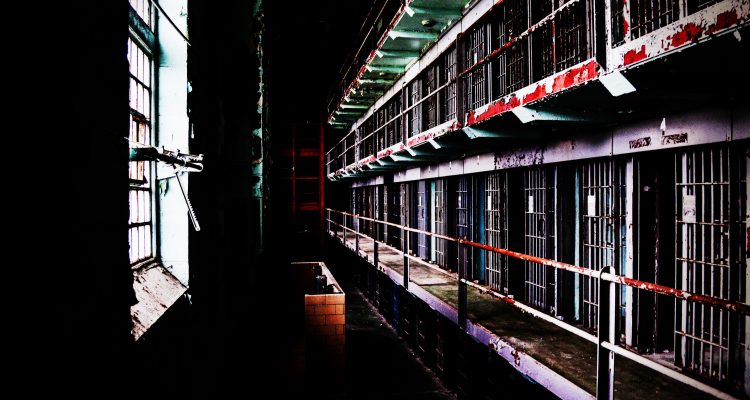It was hard core. The criminals, the conditions, and the administered punishments earned the West Virginia Penitentiary a nationwide reputation for standing as a brutal institution in the corrections system during its 12 decades of operation.
Modeled after the castle-like prison in Joliet, Ill., this penitentiary was constructed on seven acres of land located in the middle of Moundsville and across Jefferson Avenue from the historic and mysterious Mound. Moundsville’s primary business district is walking distance away from this dungeon, and residents living along Washington Avenue, and 8th and 11th streets still stare at its tall walls.
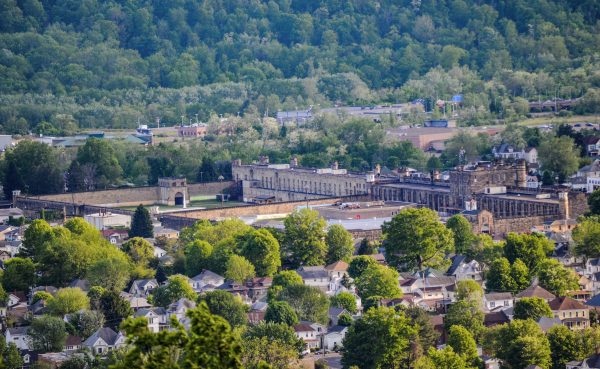
On the inside, the large prison yard is enclosed by those stone walls buried five feet deep and measuring five feet thick at the base and two-and-a-half feet at the top. Large turrets with guardhouses three stories atop them are in each corner, and prison labor was used during several construction phases. In 1929, state lawmakers approved an expansion because of overcrowding issues; at one time each 5×7 cell housed three prisoners each. When finished, the pen possessed 10 cell blocks.
The expansion was possible because the state of West Virginia purchased a total of 10 acres for $3,000, and the tale about Moundsville choosing the Gothic-style slammer instead of the state university is not true. The facility was mostly self-sustaining in the early 1990s with operating carpentry, paint, and wagon shops, a brickyard, a coal mine, a hospital, a blacksmith, and a bakery.
The worst of the worst offenders were sentenced to serve time in this stone prison, most of whom were convicted for multiple murders or for killing a priest or a wife or a child. Thieves, mobsters, bank robbers, and rapists were locked away on the south side, and the more feared were caged on the maximum-security north side of the facility.
The inmates referred to the original portion of the prison as “The Alamo” because survival was determined by one’s level of defense. Tour takers can’t help but feel claustrophobic when entering North Hall because of the narrow hallway completely enclosed by steel chain-link fencing. Today’s tours promote this area as the “North Walk” because of the stabbings, the stranglings, and the rapes that were reported. Often the prisoners would hurl urine or vomit at the prison guards.
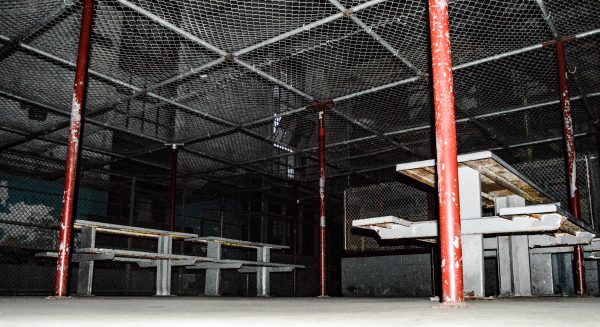
Beneath the thick flooring of North Hall rests the “Sugar Shack,” once a recreational area located in the basement. There are no windows, and there is only one way in and one way out. The incarcerated played pool and ping-pong, and they painted portraits and landscapes on the walls. And they killed, beat, and raped each other, too. This area, according to facility manager Tom Stiles, has produced the majority of the reported paranormal activity in the prison. Stiles even reported his own personal experience. He says he was grabbed on the shoulder in the “Sugar Shack.”
This was also the area where MTV wished to record a special program on the alleged hauntings, but the crew, Stiles reported, was tossed out once facility officials discovered they had painted “Moth Man” figures on several walls.
This 630-inmate prison closed only 20 years ago, and during its 119-year history it incarcerated as many as 2,000 prisoners at one time. Charles Manson wrote a letter in 1983 to the reformatory’s warden asking to be transferred to the Moundsville jail. He promised not to cause trouble, but even without him uprisings took place, and inmates and guards were slaughtered.
Riots and Escapes
A pair of full-blown riots took place at the former penal institution with the first one occurring in March 1973, and the second, in January 1986. Prisoners held five hostages and set fire to the basement of the stockade during the first upheaval, but it was the second riot that attracted national attention. Twenty inmates, known as “The Avengers,” stormed guards and staff members in the cafeteria because of the shoddy and unhealthful conditions. At the end of the three-day incident, three prisoners had been killed and Gov. Arch Moore was forced to end a holiday vacation in Florida to negotiate with the offenders. In the end 16 hostages were released because Moore promised to deliver a new cafeteria, and when it was completed, it was the only area of the facility to offer heat and air-conditioning.
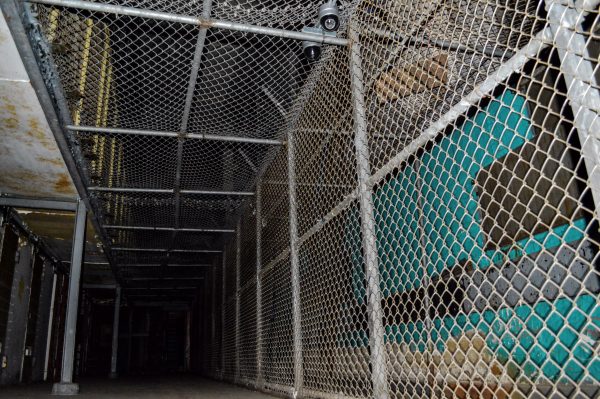
Despite what appears to be a trapping facility, prison breakouts did take place. The first escape involved 15 inmates in November 1979, and a state trooper was killed as the convicts reached the streets of the hosting municipality. Of the escapees, Ronald Turney Williams remained at large the longest until his arrest in New York City 18 months later.
In April 1988, three inmates breached the prison with assistance from the outside. Tommie Mollohan, 46, Bobby Dean Stacy, 36 and David Williams, 29, each were serving life sentences without mercy for murder. Tracking dogs from Belmont County followed the scent until reaching the middle of a nearby parking lot. At that point, the trail ended. All three were returned shortly after they flew the coop.
Just a few months later, in November, two murderers fled the fortress. Few details are available concerning how they managed to find their freedom, but both escapees, Freddie Rakes, 29, and Dickie Wimmer, 36, were soon captured. Both men were serving life prison sentences without chance for parole.
The facility’s final breakout made national news in 1992 mainly because three killers walked away in broad daylight after manufacturing a 32-foot tunnel just under an unmanned guard tower on the east side of the pen. Tommie Lee Mollohan, 49, David Williams, 33, and Frederick Hamilton, 34, were discovered missing after 3 p.m. on Feb.20, nearly four years after Mollohan and Williams’ previous escape.
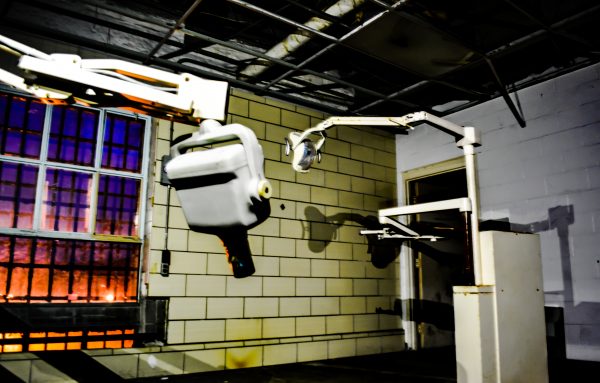
The digging was initiated inside a greenhouse constructed so prisoners could offer their visitors flowers. The inmates reportedly worked in shifts to dig the four-foot tall, illuminated tunnel that traveled under the wall until the escapees carved out a pathway 14 feet deep to Washington Avenue. Authorities discovered prison clothing and a 14-foot ladder made of pipe on the free side of the tall wall.
The greenhouse was dismantled only a few days following the successful escape.
Mollohan was the last one to be recaptured when he was found in a wooded area near Gilbert, W.Va., on March 12, 1992. Hamilton was recaptured in late February in Oklahoma, and Williams was also caught within Mountain State borders on March 6.
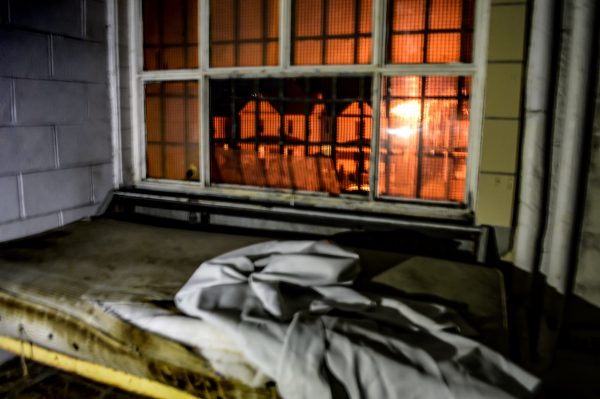
Prison Life
There were no secrets among the men inside the former West Virginia Penitentiary. The toilets lacked privacy walls, taking a shower was a community affair, and the medical and psychiatric wards operated in wide-open spaces. The bed platforms fit mattresses thinner than those on twin-bed frames, and many cell walls were decorated with an inmate’s artwork.
Steel bars and chain-link fencing remains everywhere. The iron doors are heavy, and the facility’s jail-cell locking mechanism still is operational. The paint is peeling away from the walls in many areas, and the broad banks of windows are darkened and bare on the exterior.
“No one who was jailed here will tell you it was a pleasant experience, especially not the prisoners that were held here toward the end,” Stiles said. “The condition of the prison was horrible, and that’s ultimately why the state Supreme Court ordered it to close in the late 1980s.
“And prisons and privacy have never gone together in facilities like these, and that’s still true today,” he said. “The guards had to keep their eyes on them because they were criminals, and obviously they were unhappy to be in here. The tunnel they used to escape in 1992 wasn’t the first one. The other ones were just found by the guards before they were completed.”
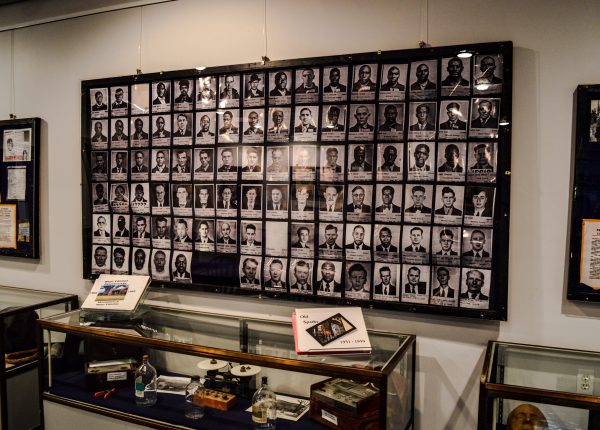
Nearly 100 executions took place inside the walls of the West Virginia Penitentiary, mostly by hanging, and then nine convicts were put to death with “Old Sparky” in the electrocution-style of capital punishment, according to Stiles. One of the walls in the area that now houses the gift shop is covered with headshots of those receiving the ultimate punishment, and if their families did not request their remains, they were buried in unmarked graves in a nearby field along with the others who died while imprisoned.
The public was allowed to witness the hangings near the north gate up until June 19, 1931. Frank Hyer was hanged for murdering his wife, but when the trap door opened and his full weight was placed on the noose, he was immediately decapitated. From that point, attendance for the hangings was by invitation only. It wasn’t until 1951 that electrocution was used, but 14 years later state legislators outlawed the punishment. “Old Sparky” is now located inside the gift shop and can be seen at the beginning of the tour.
It is the “Psych Ward,” though, that consistently gives Stiles the creeps today.
“Insanity wasn’t much of a defense during the life of this prison, so if someone with severe mental illness committed a serious crime, they were sent here instead of treatment hospitals like they are today,” he explained. “And some of the stories that took place in that large room are very scary.
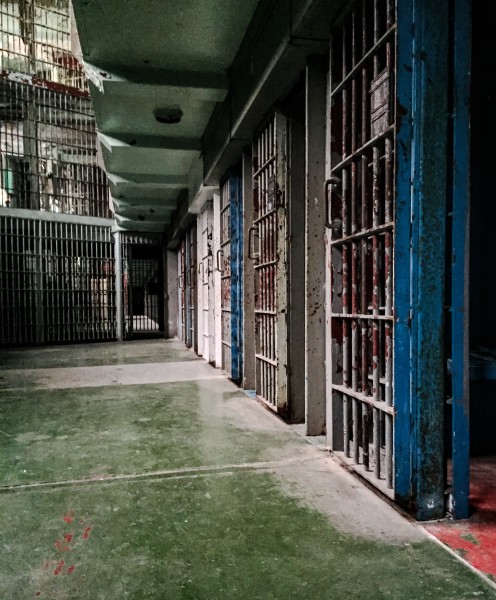
“There were also the prisoners who developed mental illness while on the inside because they weren’t handling the confinement very well, and they were held in that room, too,” Stiles said. “The baddest and the craziest, that’s who was put behind the bars in this place, and a lot of time the crimes they committed on the inside were far worse than the crimes they committed to get them thrown in here.”
Most of the guard cages along the cell blocks feature cut holes through which the employees could aim their rifles, and when the prison was abandoned in 1995, a lot of medical equipment was left behind because the technology was extremely dated. The “Hole” was for solitary confinement when the wardens deemed it necessary, and policing among prisoners was popular, too.
“If you got thrown in here, you must have done something very wrong to the outside world,” Stiles said. “This was not a nice place, and if you weren’t prepared for the environment, you found out about it very quickly from the other inmates.
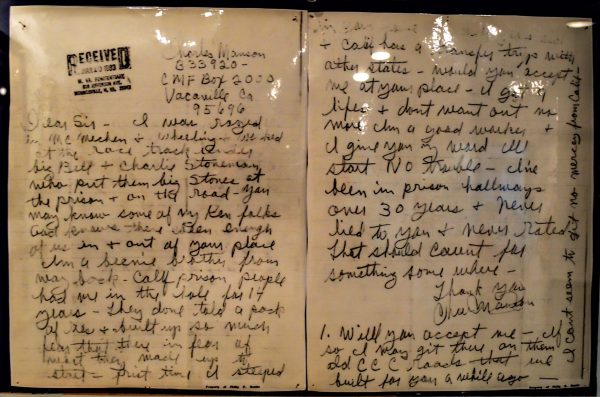
“There were 36 homicides that took place through the years, and those happened because those men stepped out of line against another inmate,” he continued. “Believe it or not, the convicts had their own code of conduct, and when someone broke the code, they paid for it, some with their lives.”
Today It Is a Tourist Attraction
These days tourists enter the lockup through the exact entrance as did the prisoners’ visitors. If an inmate had behaved, face-to-face meetings were granted, but if the convict managed to cause trouble, he was separated from family and friends by thick glass and steel walls.
While that lean room still exists as it was when the stockade shuttered 30 years ago, the first sight for visitors these days is a large gift shop that sells memorabilia and apparel associated with the reported paranormal activity inside this correctional facility.
A bevy of television specials have been filmed inside the penitentiary, and a trio of major movies – “The Night of the Hunter” in 1955; “Fools Parade” in 1971; and “Out of the Furnace” in 2013 – were shot inside, as well. According to the attraction’s website, many other television shows and documentaries were filmed here: Scooby Doo from California; Turner South, Blue Ribbon Services, Best Places to Visit; CNN; Allegheny Ghost Hunters; Anderson Group 360º News Show; Proof Positive from California; Office Kei, Film Production for Japan; Globe Trekker, Southeast USA; Local Secrets – Big Finds; Ghost Adventures; Paranormal Investigations.
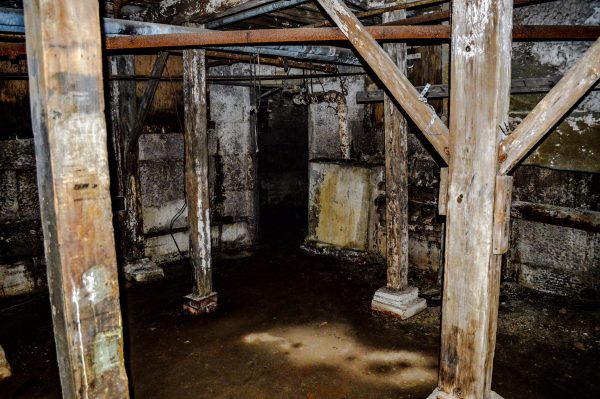
“Because of what people have said they have seen, felt, or taken photos of, the pen has received a lot of attention after it closed 30 years ago,” Stiles said. “I am a believer because of my own experiences, but it just depends. We’ve had people leave disappointed only to let us know what their cameras captured, and we’ve had people run out of here because of an experience.
“It doesn’t happen for everyone, and who knows why that is, but no matter what, they get to see one of the most brutal prisons that ever existed in our country. When you really get into the history and the list of inmates through all of those years, if ghosts are real, there definitely should be some here,” he continued. “That’s why our visitors are offered so many different tour options.”
Tours for the rest of May will be offered between 11 a.m.-4 p.m., Tuesday through Sunday. During the months of June, July, and August the tours are open to the public seven days per week from 10 a.m.-4 p.m. The hours return to 11 a.m.-4 p.m. six days a week in September and October, and in November three ventures are offered at 11 a.m., 1 p.m., and 3 p.m., Tuesday through Friday, and then the pen is open from 11 a.m.-4 p.m. Saturday and Sunday.
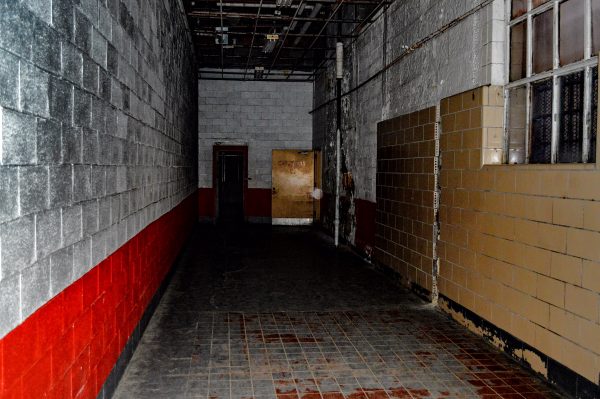
Since there is no heat or air-conditioning, the prison closes in December and remains that way until April.
Group tours, field-trip excursions, and opportunities for paranormal investigations also are available, and the details can be examined by visiting www.wvpentour.com. The staff, along with many volunteers, presents the, “Dungeon of Horrors” that opens in late September and continues through Halloween, and “Zombie Paintball” begins in late September and continues through November.
“If you want to see it, it’s here and it’s open most days of the week,” Stiles said. “There’s no telling what you will experience while here, but it’s definitely something you will never forget.
“Killers lived here. People who killed their wives, their children, their parents, their best friends, and people they didn’t know just because,” he said. “Death, violence, brutality – it all took place here for a very long time, but you can’t really imagine it until you see this place with your own eyes.”
Please view the entire photo gallery here:
[satellite gallery=11]

